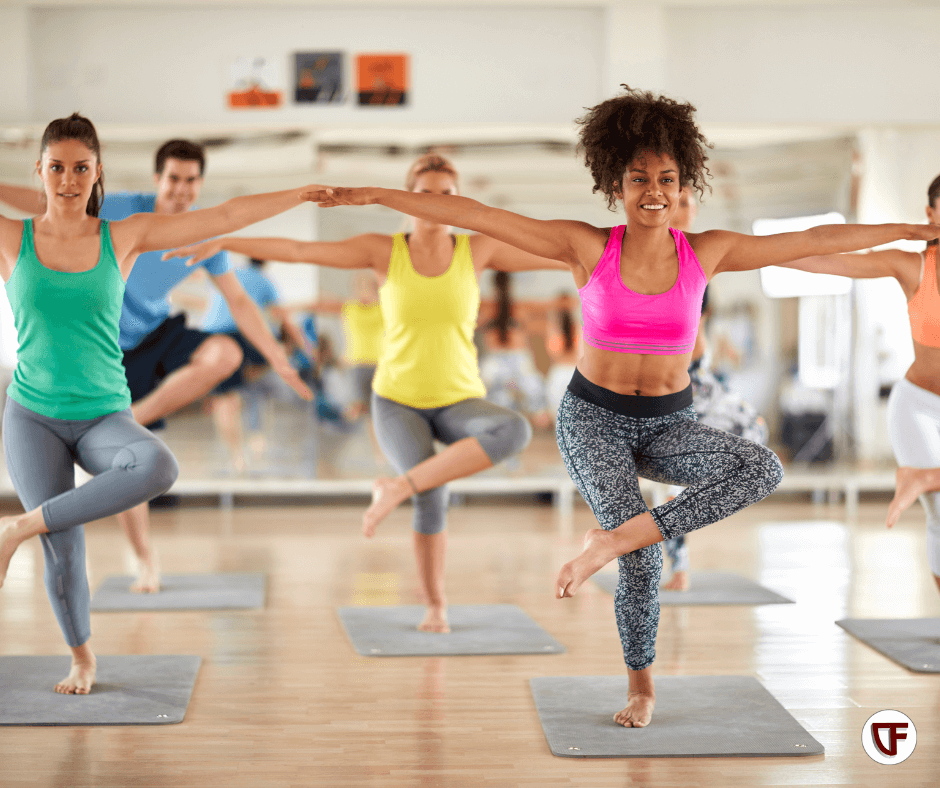Balance Exercises for Better Stability

As we get older, staying balanced isn’t just a skill; it’s essential for independence and confidence. The usual “stand on one leg” balance tip doesn’t cut it for real-life stability. To improve balance, we need to focus on movements that help us shift our weight, react, and control our body and center of mass in everyday situations.
In this post, I’ll share practical balance exercises specifically
designed to help you or your loved ones build functional stability. These exercises go beyond basic balancing and target the real reasons we start to lose balance as we age—strength, mobility, and sensory perception. Each step includes a video to guide you through safe and effective techniques for improving your balance, one small step at a time.
Balance Progressions: Build Your Stability, Step by Step
Be sure to master each exercise before moving to the next. Quality over quantity always.
Foot Tripod Control This video will teach you how to better access the areas of the foot needed to form your foot tripod.
Weight Shift and Center of Mass Control
Step Outs (hands on wall) Next progression from here would be hands off the wall. After that you can move to a split stance (or staggered stance) and go through the same progressions.
Single Leg Balance Master your single leg stance with good alignment and control before moving on to balance aids. (Bosu ball, foam pad, core board etc.)
Power Step After my clients master the power step I add a level of difficulty by throwing them a ball they have to catch during the step.
Improving balance is about more than standing still; it’s about moving with confidence. These exercises and progressions are designed to build up the skills we need in real life, making daily activities safer and preventing falls. Whether you’re new to balance training or looking to deepen your routine, try these progressions and feel the difference in your stability.
Remember, practice makes progress! Incorporate these steps into your weekly routine, and take each exercise at your own pace. With consistent practice, you’ll find yourself moving with greater ease and confidence in no time.
Stay Motivated,
Karen
